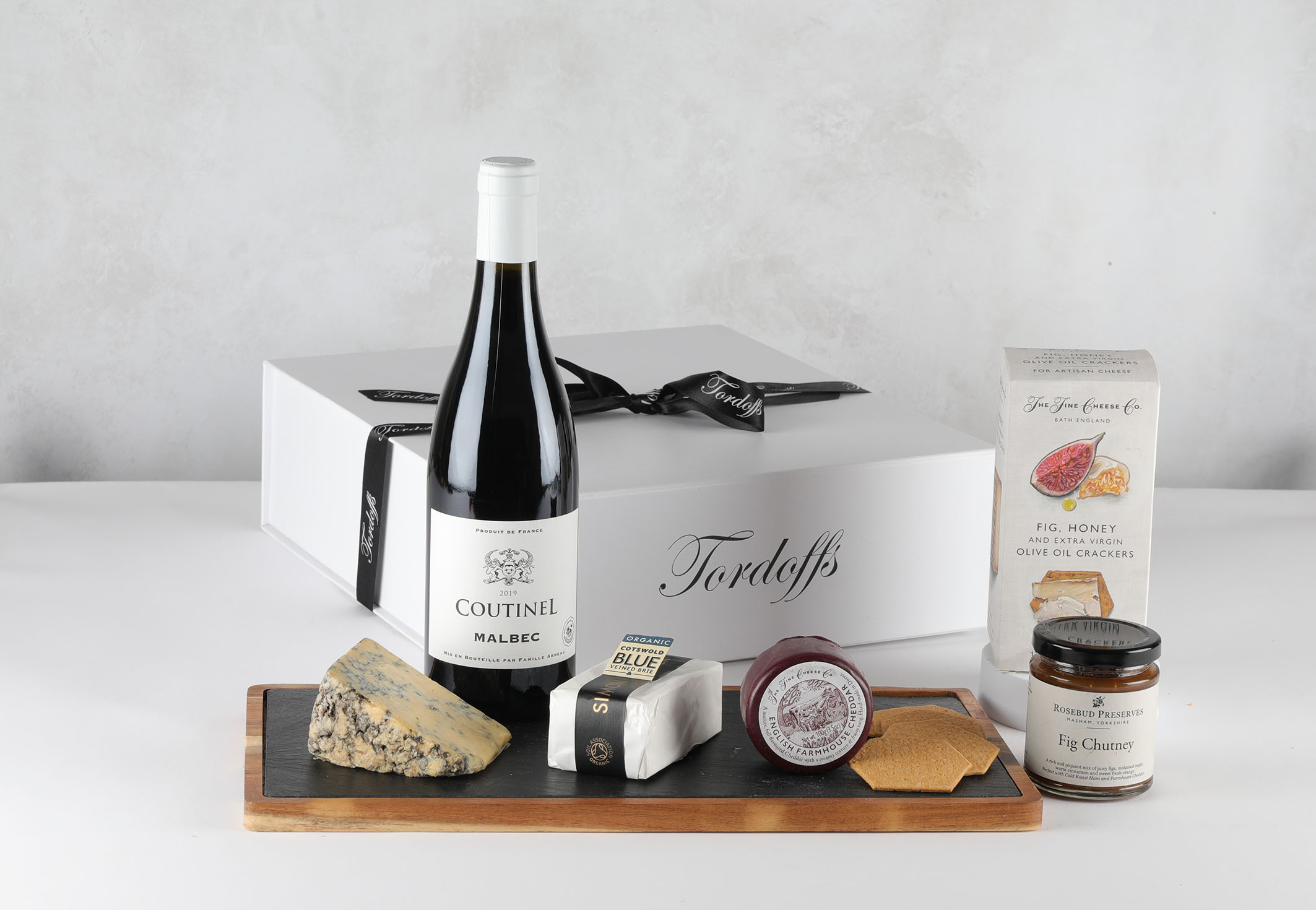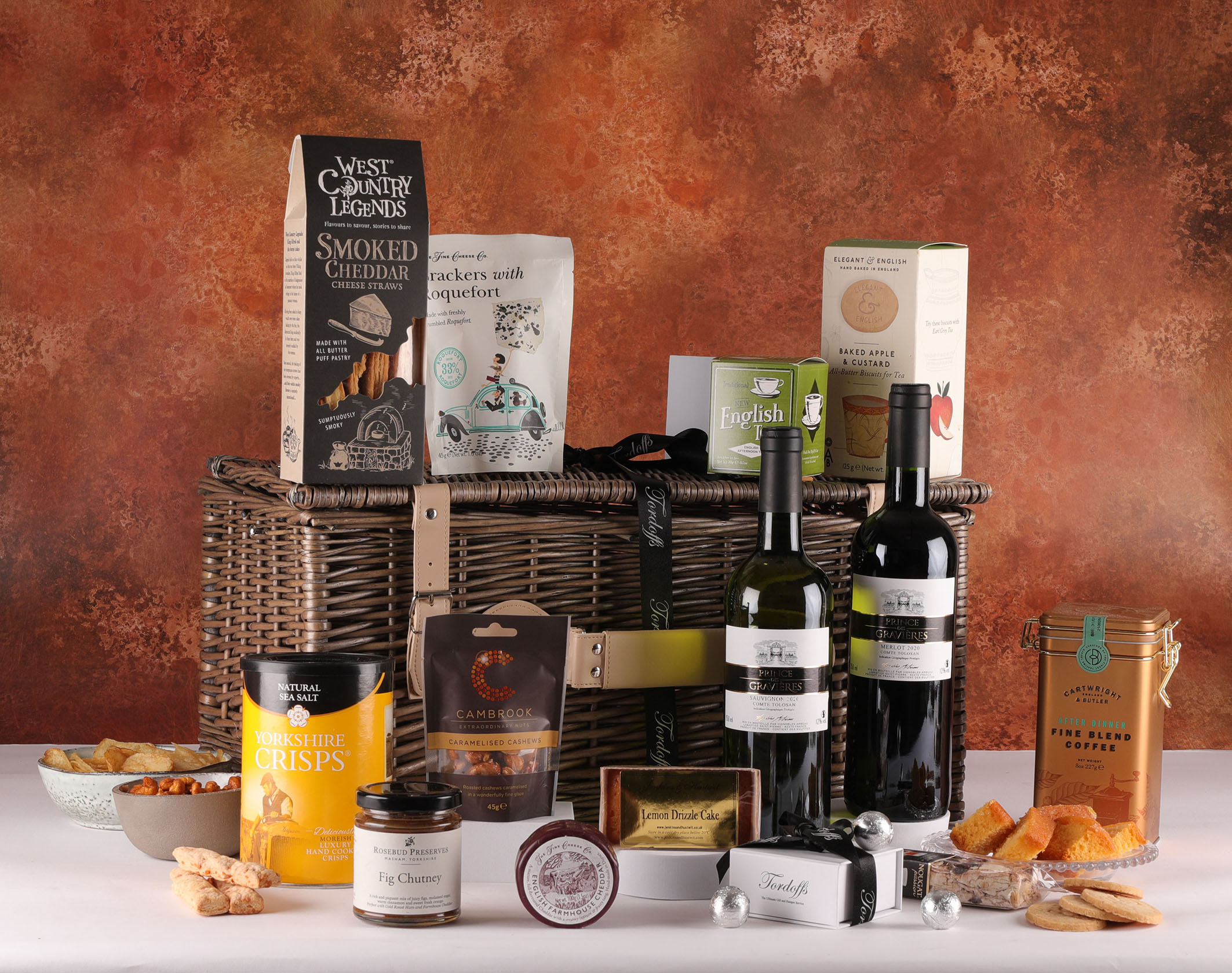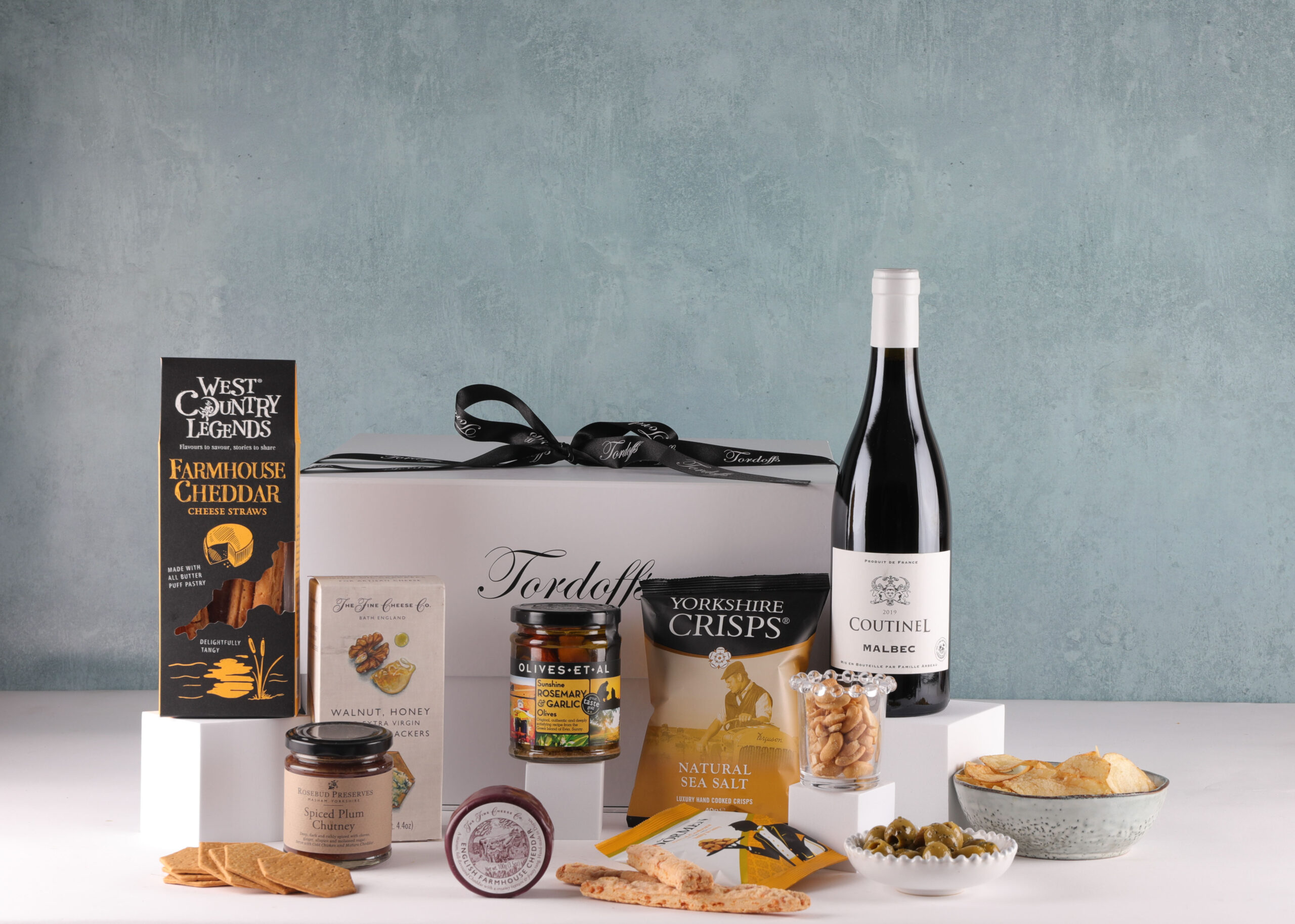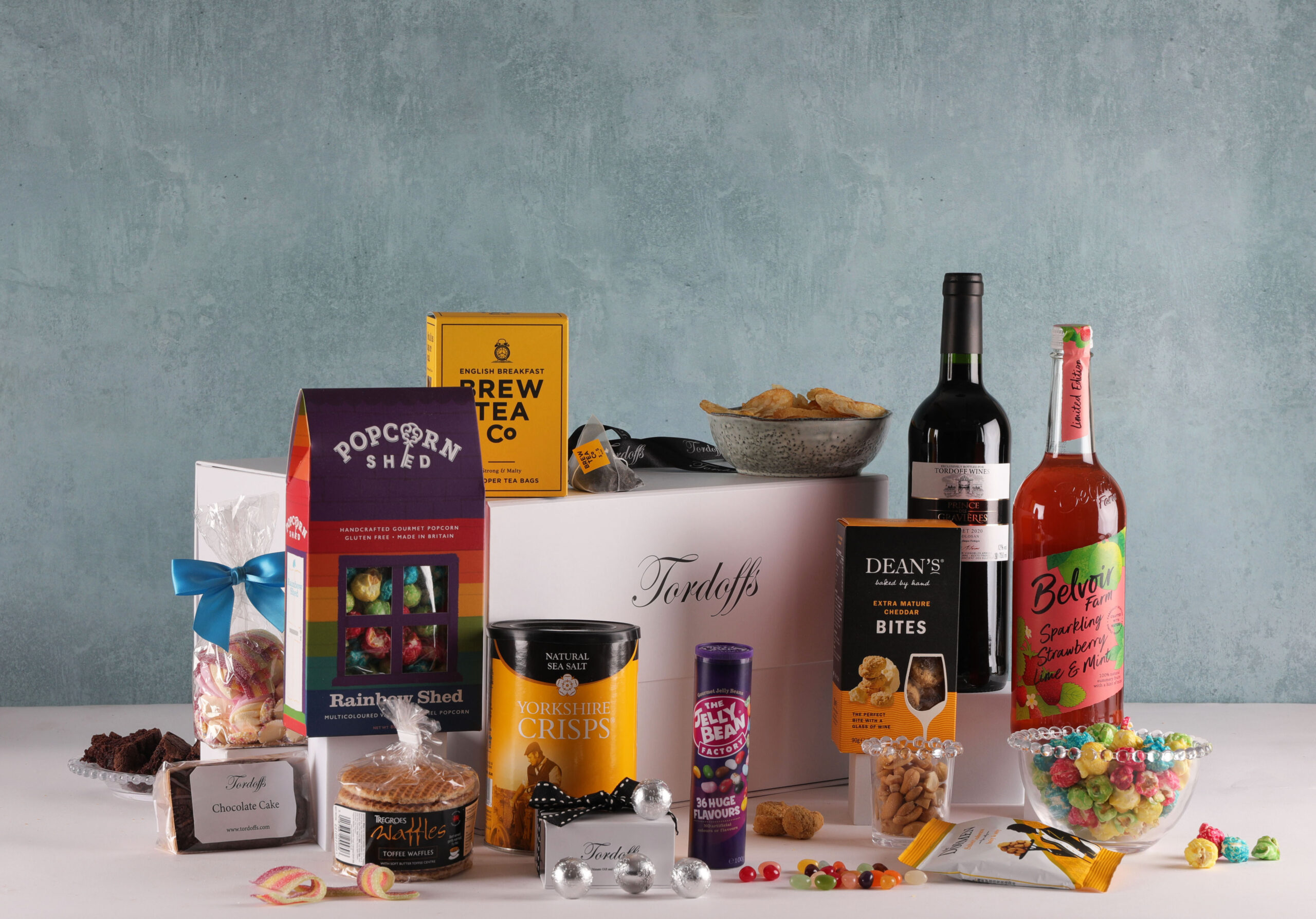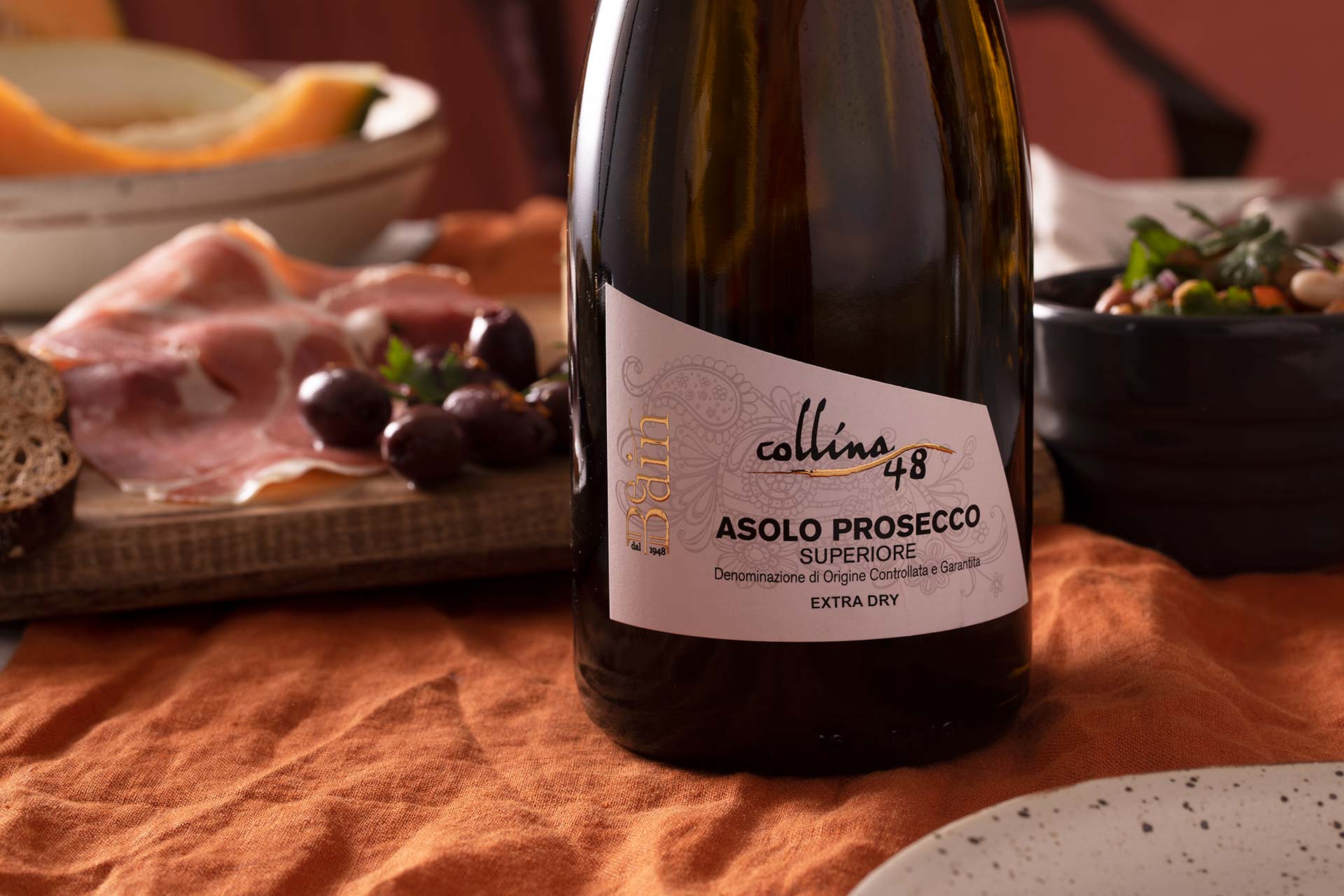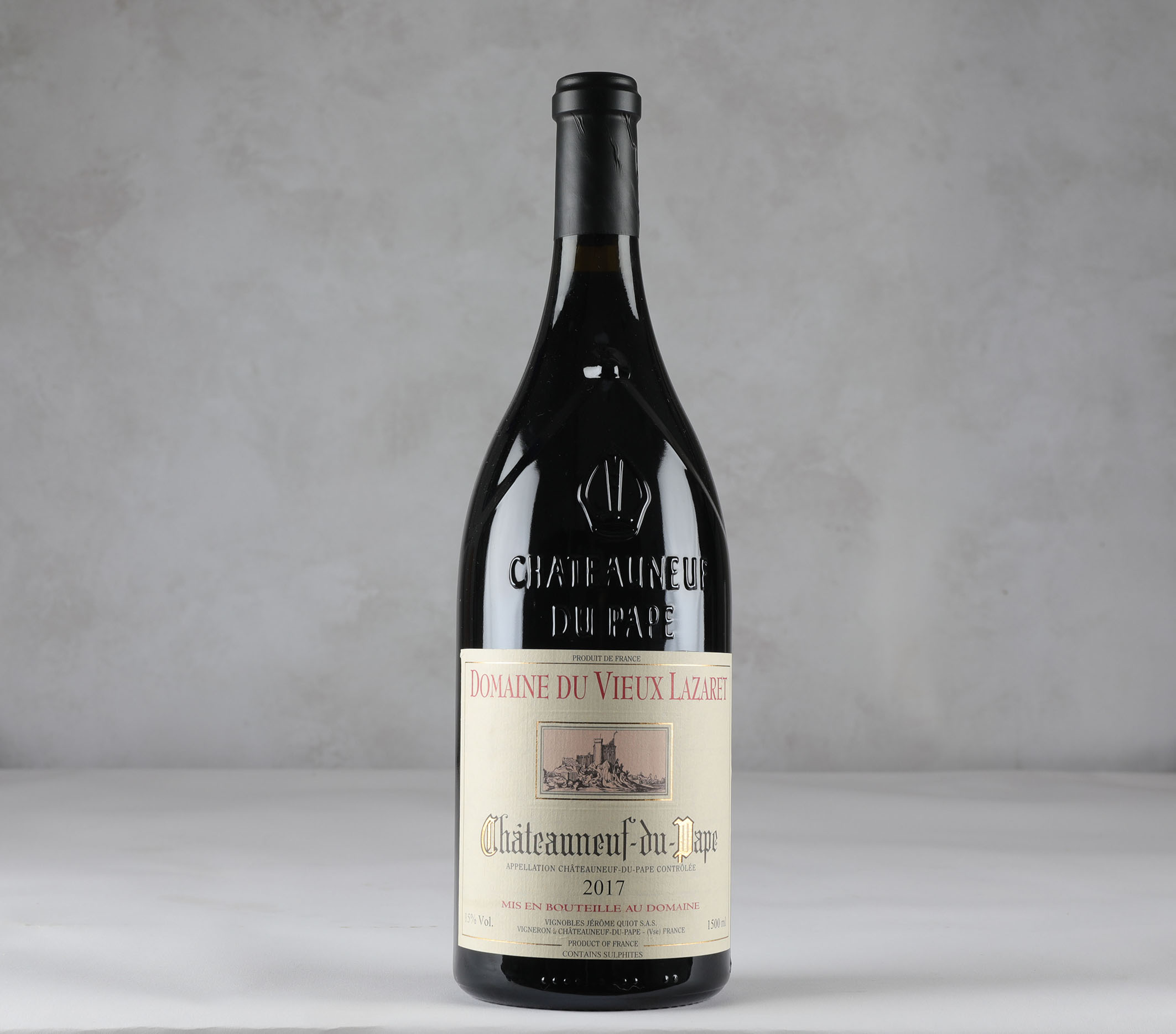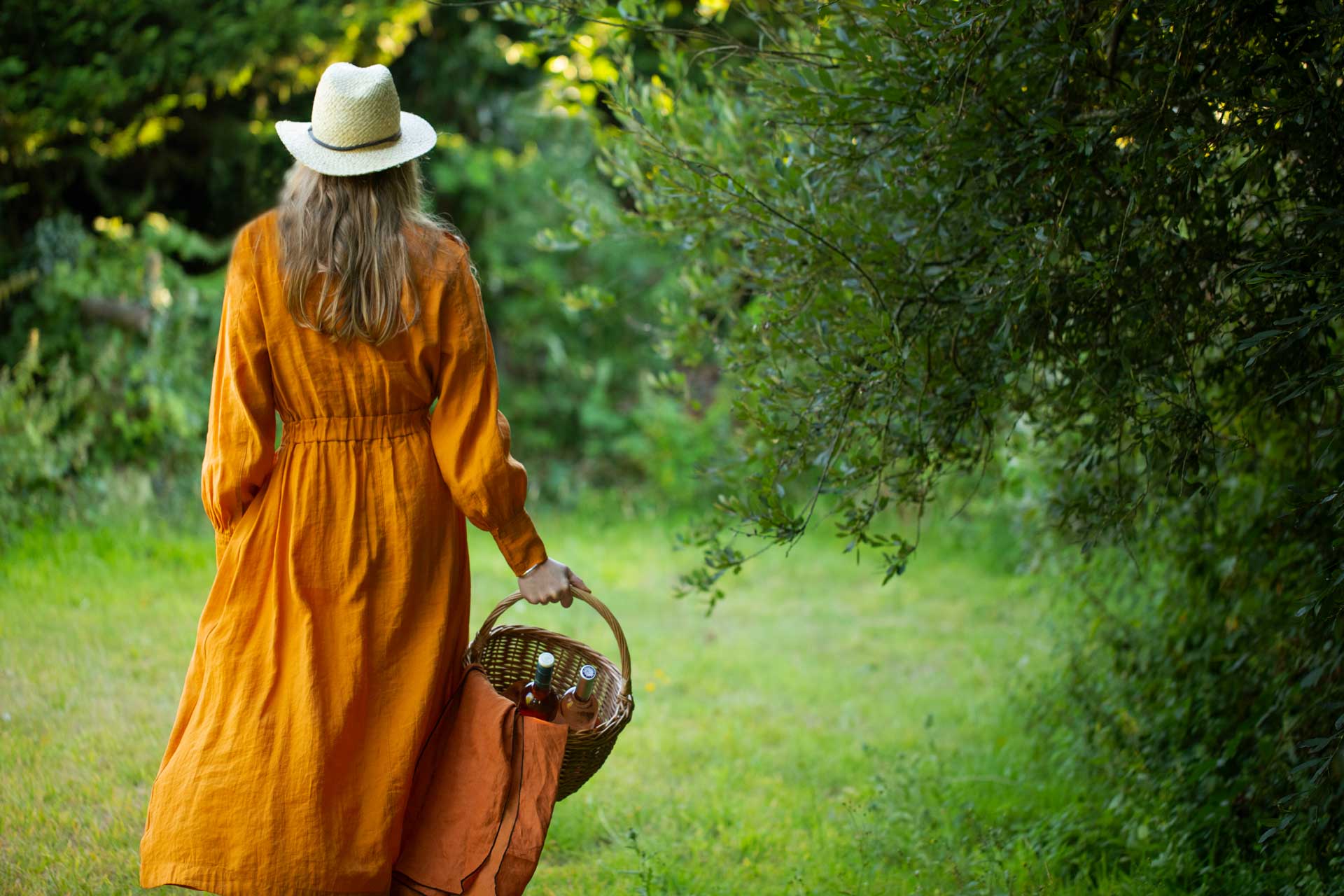
The Ultimate Gift and Hamper Service
CATEGORIES
Free next day delivery
to UK mainland
BESPOKE CORPORATE CLASSIC HAMPERS TEA TIME HAMPERS CHOCOLATE GIFTS FAMILY HAMPERS NON ALCOHOLIC GIFTS DELI AND CHEESE VEGAN HAMPERS GLUTEN FREE HAMPERS LOW SUGAR HAMPERS DAIRY FREE HAMPERS
WINE COLLECTIONS WINE GIFTS SPARKLING WINE GIFTS JEROBOAMS AND MAGNUMS
FLOWERS AND PLANTS
APOLOGIES WELL BEING GIFTS BIRTHDAY CONDOLENCES CONGRATULATIONS GET WELL SOON THANK YOU NEW BABY AND CHILDREN LONG SERVICE RETIREMENT WEDDING AND ANNIVERSARY
BULK ORDERS
CONTACT
LOGOUT






